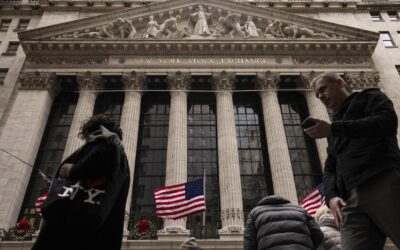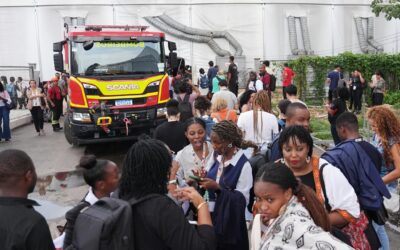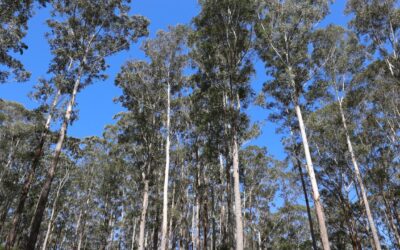Sorry, that’s old news…
You’ve found an older news story. We delete stories from our AAP News Feed after two months. But fear not, here’s today’s news!

The controversial founder of one of Australia's biggest tech companies has thanked shareholders for their trust, ...

A takeover deal for Australian pharmaceutical manufacturer has been knocked on the head, with the treasurer citing ...

US employers added a surprisingly solid 119,000 jobs in September, the Labor Department says.

Verizon is cutting 13,000 jobs as the US telecommunications giant's CEO says the company needs to simplify its ...

A fire that spread through pavilions being used for the COP30 climate talks has prompted the venue to be evacuated ...

Labor will have to accept a series of proposed amendments to its long-awaited environmental reforms if it wants to ...

After becoming one of the hottest companies on the market, defence innovator DroneShield has lost 70 per cent of ...

One of the world's leading finance institutions has called for Australia to reintroduce a mining tax and limit ...
No results found.
Background image courtesy victoriancollections.net.au